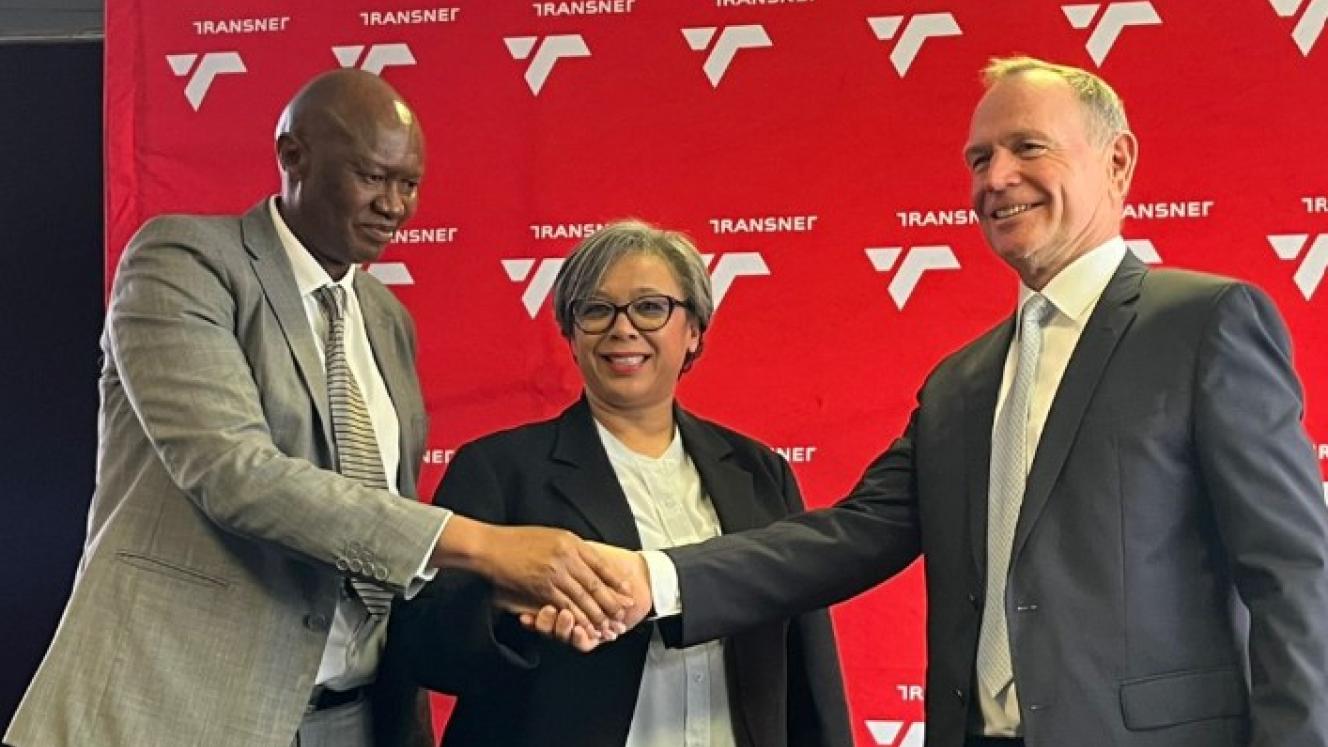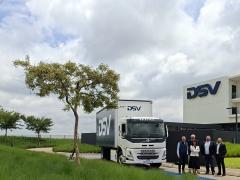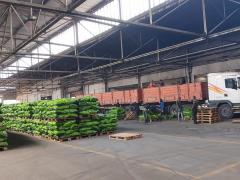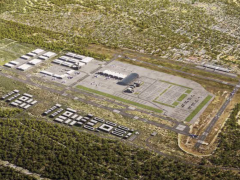Warehousing and distribution in South Africa are evolving beyond the simple movement of goods, with operators increasingly focusing on resilience, efficiency and value for their customers. According to ZACPAK general manager Riaz Ismail, this shift has seen the company introducing a range of developments across its depots and distribution services, reflecting a commitment to operational excellence, technology and sustainability. “We have made significant investments in our warehousing footprint, including advanced Warehouse Management Systems (WMS) that provide real-time visibility and control. Our facilities have been upgraded to accommodate specialised cargo, and include a CAA-approved hazardous packing facility in Durban, while maintaining international safety and compliance standards. These improvements are designed to give customers confidence that their cargo is secure, traceable and handled with precision,” he said. In response to growing client demand, ZACPAK has expanded its depot capacity in key strategic hubs. Upgrades include enhanced racking systems, improved security infrastructure and integration with selected clients to reduce turnaround times. “On the distribution side, we continue to innovate by adopting route optimisation, investing in fleet tracking and testing alternative delivery models that improve efficiency while reducing costs.” Despite these advancements, Ismail said that rising fuel costs, regulatory complexities, inconsistent infrastructure and heightened security concerns remained daily realities. “Load-shedding and water instability add further pressure. Nevertheless, our strategy is to mitigate these risks through contingency planning, investment in backup energy solutions, and stronger partnerships across the supply chain. Our Cape Town and Johannesburg facilities are already equipped with solar backup systems, with the Coega facility scheduled for implementation in 2026.” Ismail highlighted a strong shift towards multi-user warehousing, as many clients move away from owning their own warehouses or fleets in favour of shared distribution models that reduce costs and increase flexibility. “Clients are increasingly seeking real-time visibility and proactive communication, which has driven our development teams to provide real-time tracking solutions and client- facing BI reports,” he told Freight News. While South Africa’s warehousing sector still lags behind more advanced markets in terms of automation and infrastructure resilience, Ismail said ZACPAK’s ability to adapt and innovate under challenging conditions positioned the company strongly. “By implementing global best practices tailored to local realities, we remain competitive regionally and internationally.” He said the sector’s outlook was positive, driven by e-commerce growth, which continues to reshape distribution strategies and increase demand for faster last-mile delivery. “We are also seeing increased collaboration between logistics providers, where partnerships help expand network reach and optimise resource use. Greener fleet adoption and data-driven planning will become central to distribution success.” LV












